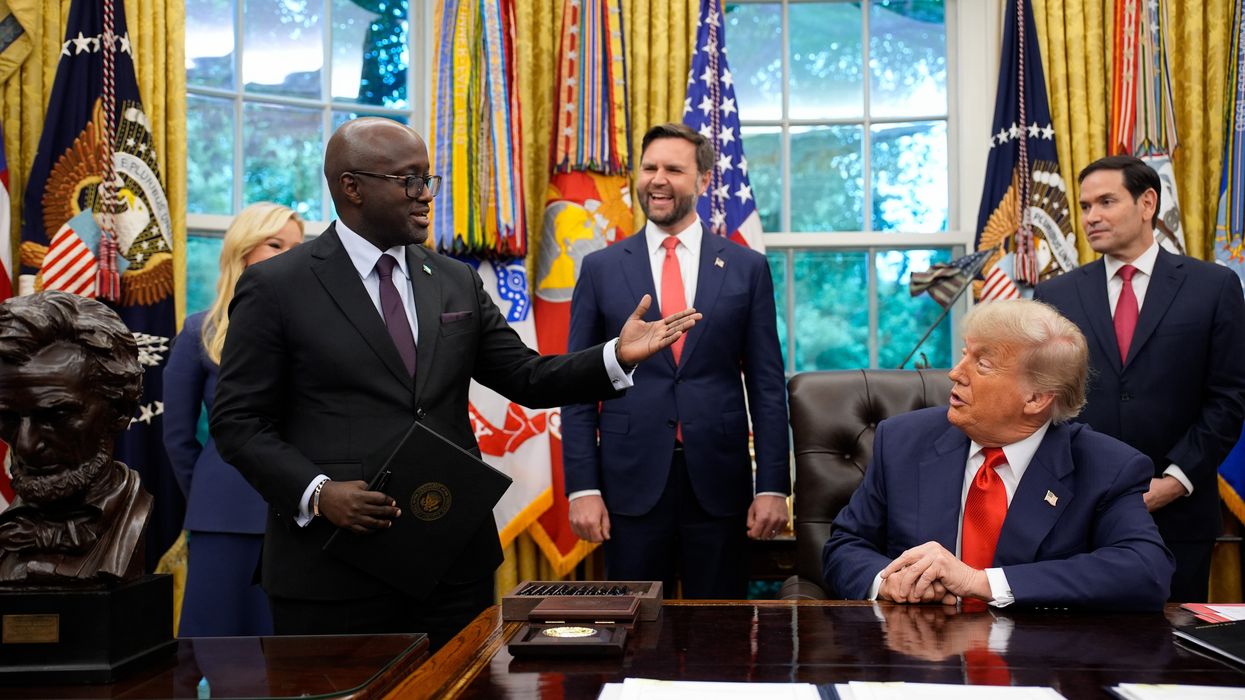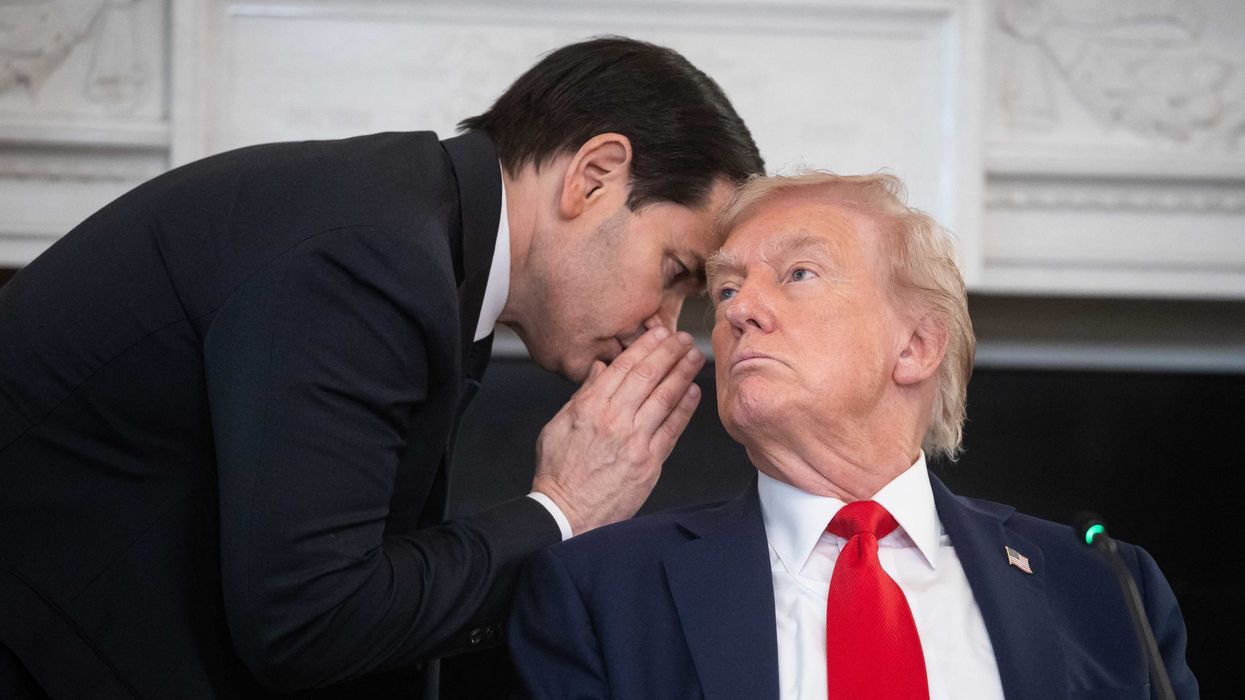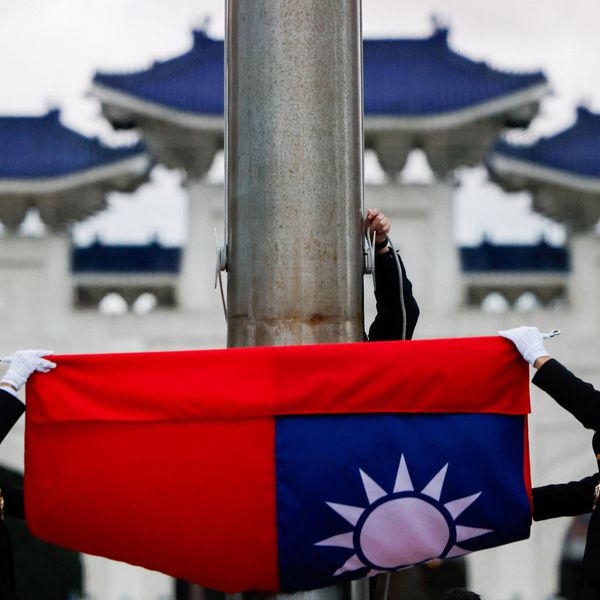This is part one of four, adapted from remarks to the U.S. National Defense University’s College of National Security Affairs (Nov. 16, 2022), and remarks to the China Centre, Jesus College, Cambridge University (Nov. 30, 2022)
When Deng Xiaoping opened China to the world four decades ago, Americans were ready to do what we most enjoy doing – showering foreign countries with insistent, well-meaning advice about how to conduct themselves at home and abroad. Henry Kissinger wryly observed at the time that China had somehow managed to get along without American counsel for 4,000 years before the United States was born. This is a useful reminder that the state system or “order” in East Asia did not spring into being when we Americans arrived there. It has taken many forms over the millennia, only a few of which have involved an American presence – and then only in the past 180 or so years.
Now a renewed version of the pre-American dynamic may be in prospect. Geography is the DNA of geopolitics. It has a way of re-expressing familiar patterns that history seemed for a while to have killed off.
Historically, the East Asian order was a sort of “three-body problem.” In physics and orbital mechanics, a three-body (or n-body) problem describes the difficulty of charting the patterns and predicting trajectories created by the interaction between competing gravitational centers, each of which is in motion. In East Asia, the three centers of gravity were China, the Northeast Asian nations of Japan and Korea, and the great sea empires of Southeast Asia – Srivijaya and Chola – which linked South India with what are now Malaysia, Indonesia, the Philippines, and Singapore. Of these, China had the greatest mass, but the others had their own independent political systems and cultural identities and projected their own fields of influence. The interactions between these three bodies politic and their effects on those in the spaces between them wrote the geopolitical history of East Asia.
The replacement of native Southeast Asian empires by European imperialism in the 16th and 17th centuries did not really change this dynamic. But Japan’s turn inward under the Tokugawa Shogunate in 1603 and its adoption of a “national lockdown” [鎖国 – sakoku] policy in 1633, combined with the Choson Dynasty in Korea’s earlier self-isolation, removed Northeast Asia as an active participant in the region’s dynamics, leaving Western powers based in Southeast and South Asia to contend bilaterally with China. This birthed a Sino-Western contest that set the longstanding three-body interactions of the East Asian order aside.
The United States became a factor in regional affairs only in 1835, when President Andrew Jackson established an American “East India Squadron” off the China coast. Jackson’s initiative was driven by the weight that China then had in the global economy. At the time, it accounted for over one-third of the planetary product. The new American republic did not want Britain and other European powers to corner the markets of Northeast Asia, as they had those in South and Southeast Asia. So, in 1853, Commodore Matthew Perry forced Japan to open itself to relations with the United States and, by extension, to other foreign countries. As Japan adopted the norms of Western political economies and modernized, it began to project its power throughout the region, briefly restoring a three-body dynamic to the region involving China, itself, and Western imperialism.
In 1874, the Japanese army occupied southeastern Taiwan. In 1876, Tokyo forced Korea to follow it in opening to foreigners, something an American military expedition five years earlier had failed to achieve.
By then, China was imploding under the combined impact of European efforts to divide it into spheres of influence and internal rebellions – the Taiping (太平) and Nian (捻乱). These disturbances took some 20 - 30 million lives, many more than the 14 - 17 million people of all nationalities who died in the First World War. China ceased to be an actor in regional affairs, becoming instead the playground of global imperialism. In 1900, the combined armies of Austria-Hungary, Britain, France, Germany, Italy, Japan, Russia, and the United States suppressed the Chinese “Boxer” rebellion against foreign domination, killing tens of thousands of Chinese, and looting Beijing.
For the next five decades, China was mired in domestic anarchy, foreign invasion, and civil wars. Only in 1949 did it re-emerge as an independent force. By then China’s GDP had fallen from one-third of the global total to a mere four percent of it. China’s new rulers adopted a planned economy and turned to the Soviet Union to help their country restore its vanished wealth and power.
While China was falling apart, Japan was on the rise. The Meiji period (1868 – 1912) saw Japan become the first non-Western country to industrialize and emerge as a modern military and economic power. Having absorbed and adapted Western knowledge, Japan then introduced it to China, Korea, and other neighbors, creating a Japanese sphere of cultural influence with lasting linguistic and other effects. But when the Taishō democracy of 1912 - 1926 yielded to the militarism of the early Shōwa period, Japan went to war first with China and then, in 1941, with the United States, Britain, France, and the Netherlands, quickly erasing their empires in East Asia.
Japan’s defeat in World War II left it destitute and disarmed. This created a power vacuum in the region, which the United States filled from bases in the occupied Japanese home islands. Soon thereafter U.S. forces found themselves compelled to defend Japan’s strategic perimeter in Korea. The U.S. then built a “hub-and-spokes” security system for East Asia, assumed the central responsibility for its strategic stability, bilateralized US-Asian military relationships, and effectively preempted the possibility of any NATO-like collective defense arrangements among the states of the region.
Over the seventy years since its militarist catastrophe, Japan has become the third largest economy in the world, coyly rebuilt formidable military capabilities, and ceased to be a political wallflower in its region. Korea, divided by the Cold War into two states, has seen the Republic of Korea (in the southern half of the peninsula) develop a larger economy than Russia or Brazil. Despite practicing what a Soviet leader once called “pantsless communism,” the rival regime in north Korea now has the world’s fourth-largest army and nuclear weapons.
Southeast Asia is also back as an independent participant in the region’s affairs. ASEAN coordinates the policies of its ten member states, including assertively independent and rapidly developing Indonesia, Malaysia, and Vietnam, an increasingly independent Philippines, and relentlessly realistic Singapore.
China remains deeply divided by its unfinished civil war, but, from a standing start in 1949, both Taiwan and the mainland have rapidly achieved unprecedented wealth. The People’s Republic of China, which controls the China mainland, has emerged as the economic nucleus of its region and a credible contestant for global preeminence.
Read Part 4: How the US and China can shape a new East Asian Order, together
Read Part 3: Asian countries wise up and don’t depend on US to balance China’s power
Read Part 2: Why Taiwan’s dependence on the US is not a safe bet
















